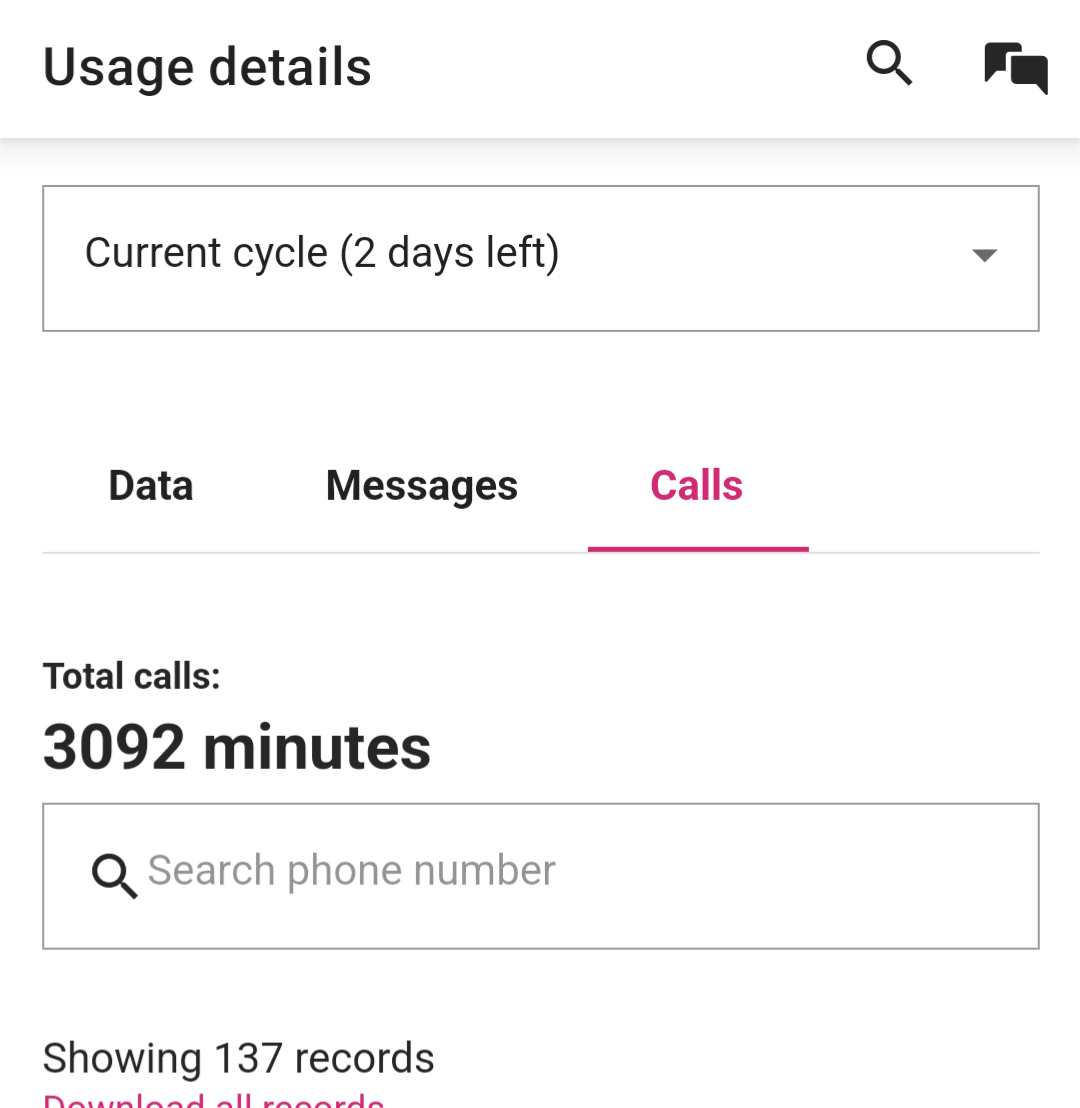

Is that… ICQ? Why?
aka @JWBananas@lemmy.world
aka @JWBananas@kbin.social


Is that… ICQ? Why?
systemctl disable systemd-critic.service
Systemd-init, the core part of systemd, offersa wide range of features surpassing other init systems. More features lead to more bugs and security vulnerabilities.
This is a bad take. Many of systemd’s features improve security significantly. And having all that code in one cohesive place can’t possibly be inherently less secure than the cornucopia of init scripts we used to use.
And if the backup was merged into existing contacts, just take a new one. Then you can purge all contacts instead of trying to sort through the broken ones.


Adversarial interoperability is not exploitative.


They do. Even back in their pre-UEFI days, it was possible to flash BIOS from a properly-formatted USB drive by holding down a magic key combination at power on. But it was not exactly publicized as a supported method.


The sanctions aren’t supposed to cripple China indefinitely. They’re just supposed to give the US enough time to build fabs for military chips before China invades Taiwan.
And yes, I am aware that may not happen within our lifetimes. I did not write the sanctions.


deleted by creator


Bitcoin is deflationary. There is a hard limit on the total number of bitcoins that will ever exist. Every so often, the reward for mining a block is halved. Eventually there will be effectively zero reward for mining at all.


That might have been true a decade ago. But GPUs and FPGAs have long been obsolete for mining Bitcoin.
Mining is happening on custom silicon in large-scale operations. They specifically observed several of those large-scale operations in multiple nations and extrapolated out. I don’t see how that methodology is flawed.


Human beings who want to speak with other human beings.
I know. It can seem like a strange concept to some people. It’s strange to me that they find it strange.



Plenty of humans make those judgements about their own creations. And plenty of them get a shock when they release their creations to the masses and don’t get the praise that they expected.
I asked DALLE-2 for a “wide shot of a delivery driver in a Louisiana bayou with bagged food” and it gave me this:

That’s certainly a fascinating way to interpret “bagged food.”


When your layer 1 problem turns into a layer 3 problem 😅


Holy moly!
“If we don’t have Spotify working properly across Play services and core services, people will not buy Android phones,” Harrison testified.
Google: Sorry, other devs! You just aren’t as important as Spotify!
[I mean, they aren’t wrong. But this does not bode well for them!]


Sometimes, less is more.
I would recommend trimming all your custom configuration from your router/firewall, one change at a time, until you can no longer reproduce the issue.
Or go the other way around: set up a barebones configuration, confirm the issue is resolved, and begin adding one customization at a time until it breaks.
How do your bufferbloat tests look?
https://www.waveform.com/tools/bufferbloat
It sounds like you have a lot of stateful inspection configured. YouTube’s heavy usage of QUIC (i.e. UDP transport) may not play well with your config.
And, incidentally, what does your hardware look like?
Frankly, even the most barebones router should be able to handle YouTube. I am running pfSense in an ESXi VM, with passthru Intel gigabit NICs, 2 GB reserved RAM, and 2 vCPU (shared, but with higher priority than other VMs) on a Dell desktop with a second-gen i7 that was shipped from the factory in 2012.
Yes, I am routing on decade-old hardware. And I have never seen anything like what you are describing.
YouTube should “just work.”
I am going to assume that if you’re running OpenWRT, then you are probably using a typical consumer router? Please correct me if I am wrong.
Have you by any chance tried backing up your OpenWRT config and going back to stock firmware?
I know, I know, OpenWRT is great. I have a consumer router that I flashed with it to use strictly as a wireless AP.
But consumer devices flashed with vanilla OpenWRT tend to have very, very little resources left over to handle fun configurations.
And I have a feeling some of the fun configuration might be contributing to your issues.


It’s not just storage capacity either. Google uses custom silicon just to keep up with all the transcoding.
https://blog.youtube/inside-youtube/new-era-video-infrastructure/
At the time that article was released (April 2021), users were uploading over 500 hours of video per minute.
They do. By default the system partition is straight up mounted read-only.